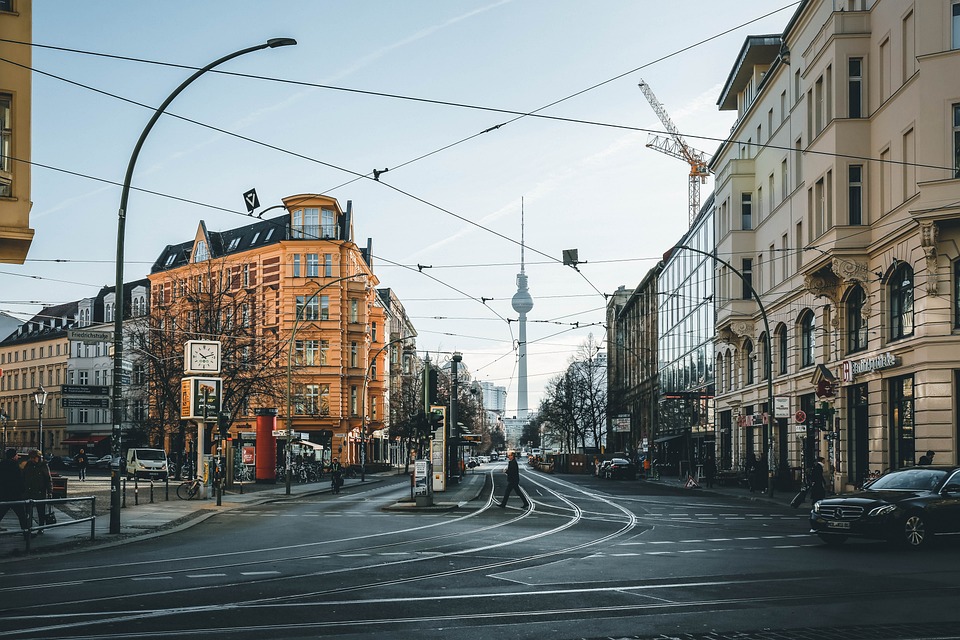From Ancient Rome to Modern Dubai: A Journey Through Architectural Landmarks
Architecture has always been an integral part of human civilization, reflecting the cultural, social, and technological advancements of a society. From ancient ruins to modern wonders, architectural landmarks around the world tell the stories of their creators and the eras in which they were built. Join us on a global tour of some of the most iconic architectural marvels that have stood the test of time.
Ancient Rome: The Colosseum
One of the most famous architectural landmarks in the world, the Colosseum in Rome is a testament to the architectural genius of the ancient Romans. Built in the 1st century AD, this massive amphitheater could seat over 50,000 spectators and was used for gladiatorial contests, public spectacles, and other events. The Colosseum’s innovative design, which included a system of ramps, trapdoors, and pulleys, allowed for quick and efficient changes between acts, making it a marvel of engineering even by today’s standards.
Egypt: The Pyramids of Giza
The Pyramids of Giza in Egypt are perhaps the most iconic architectural marvels of the ancient world. Built over 4,500 years ago as tombs for the pharaohs, these massive structures are a testament to the ingenuity and architectural prowess of the ancient Egyptians. The Great Pyramid, the largest of the three pyramids at Giza, is one of the Seven Wonders of the Ancient World and is still shrouded in mystery and intrigue, with many questions about its construction and purpose remaining unanswered.
India: Taj Mahal
The Taj Mahal, located in Agra, India, is one of the most beautiful architectural landmarks in the world. Built in the 17th century by Emperor Shah Jahan as a mausoleum for his beloved wife Mumtaz Mahal, the Taj Mahal is a symbol of undying love and devotion. The white marble structure, with its intricate carvings, grand dome, and lush gardens, is a masterpiece of Mughal architecture and is considered one of the most stunning examples of Islamic architecture in the world.
China: The Great Wall
The Great Wall of China is one of the most impressive architectural feats in history. Built over centuries to protect China from invasions by nomadic tribes, the Great Wall stretches over 13,000 miles and is one of the longest man-made structures in the world. The wall’s construction involved a massive workforce and innovative engineering techniques, including the use of brick, stone, and earth to create a formidable barrier that still stands strong today.
France: Eiffel Tower
The Eiffel Tower in Paris, France, is one of the most recognizable landmarks in the world. Built in 1889 as the entrance arch for the World’s Fair, the 1,063-foot-tall tower was initially met with criticism and controversy but has since become a symbol of French culture and ingenuity. The Eiffel Tower’s iron lattice design was a revolutionary feat of engineering at the time and remains an iconic symbol of modern architecture.
United Arab Emirates: Burj Khalifa
The Burj Khalifa in Dubai, United Arab Emirates, is a modern architectural wonder that has redefined the skyline of the city and the world. Standing at over 2,700 feet tall, the Burj Khalifa is the tallest building in the world and boasts a sleek, futuristic design that reflects the cutting-edge technologies used in its construction. The tower’s observation deck offers breathtaking views of the city and the surrounding desert, making it a must-visit destination for architecture enthusiasts and tourists alike.
In conclusion, architectural landmarks around the world span centuries and continents, each telling a unique story of human achievement and creativity. From ancient ruins to modern wonders, these architectural marvels continue to inspire awe and wonder in visitors from around the globe. Whether you’re marveling at the grandeur of the Colosseum in Rome or taking in the breathtaking views from the top of the Burj Khalifa in Dubai, architectural landmarks are a testament to the enduring power of human ingenuity and the beauty of the built environment.
